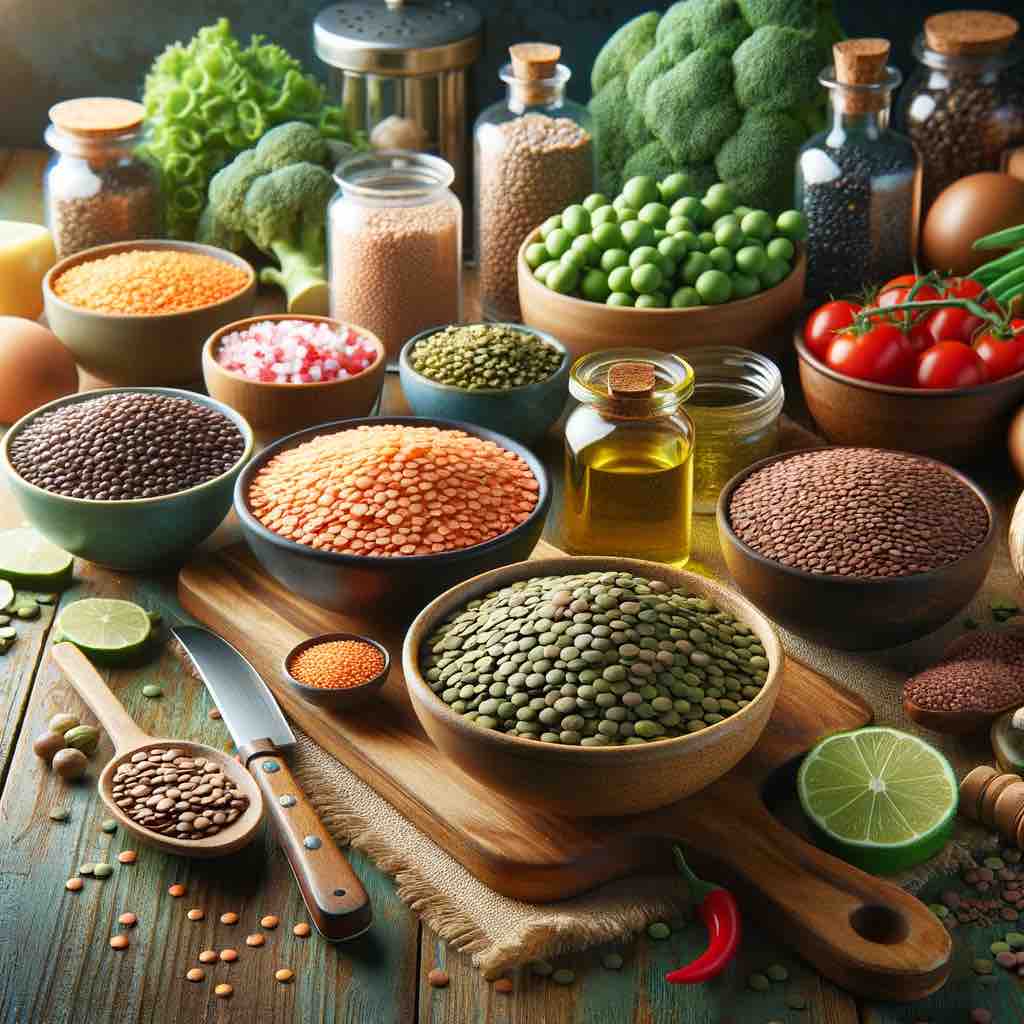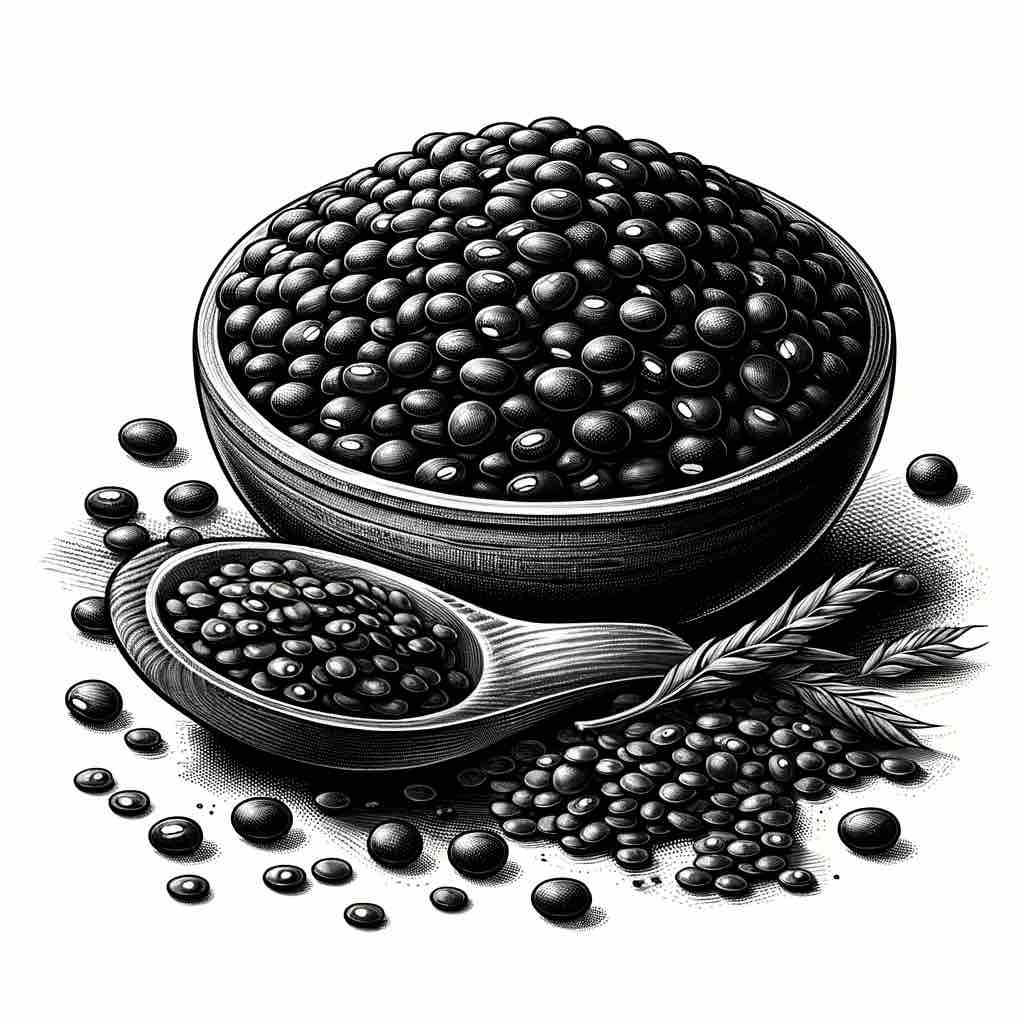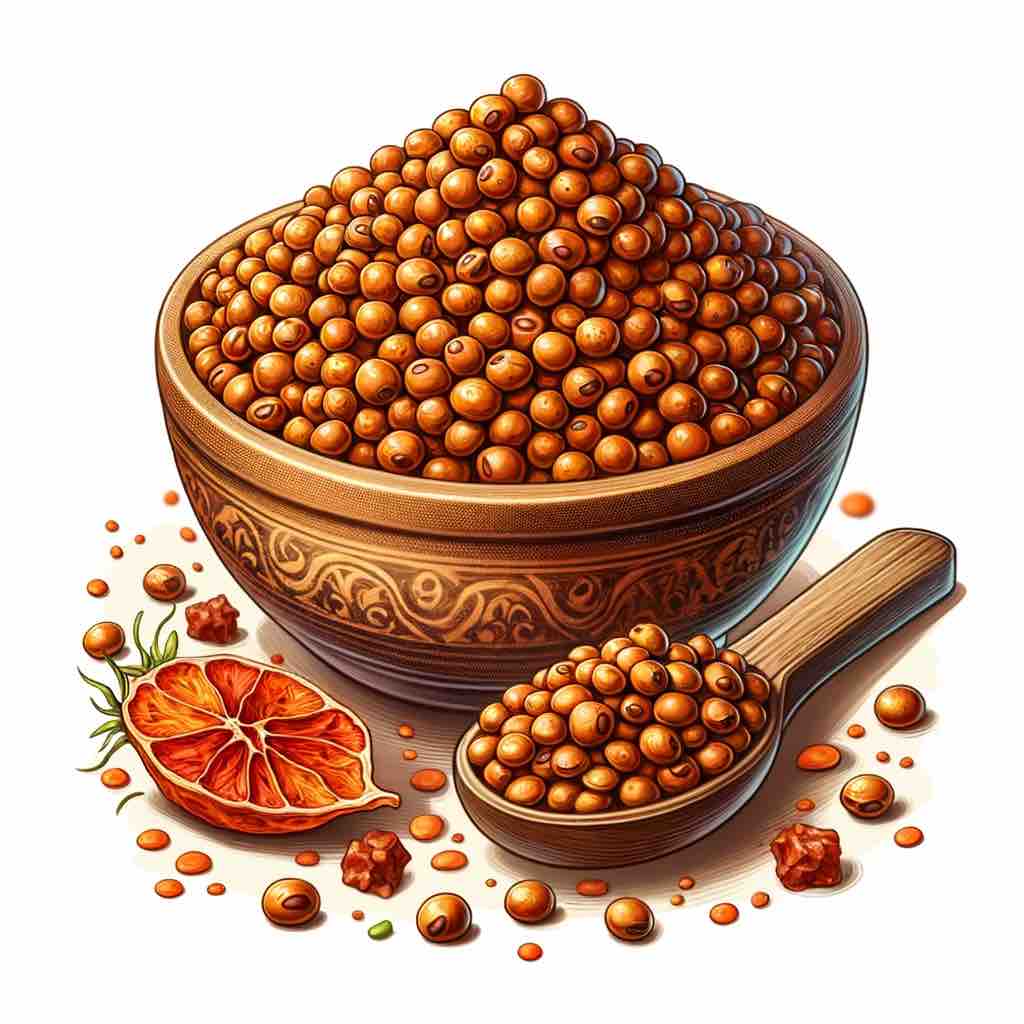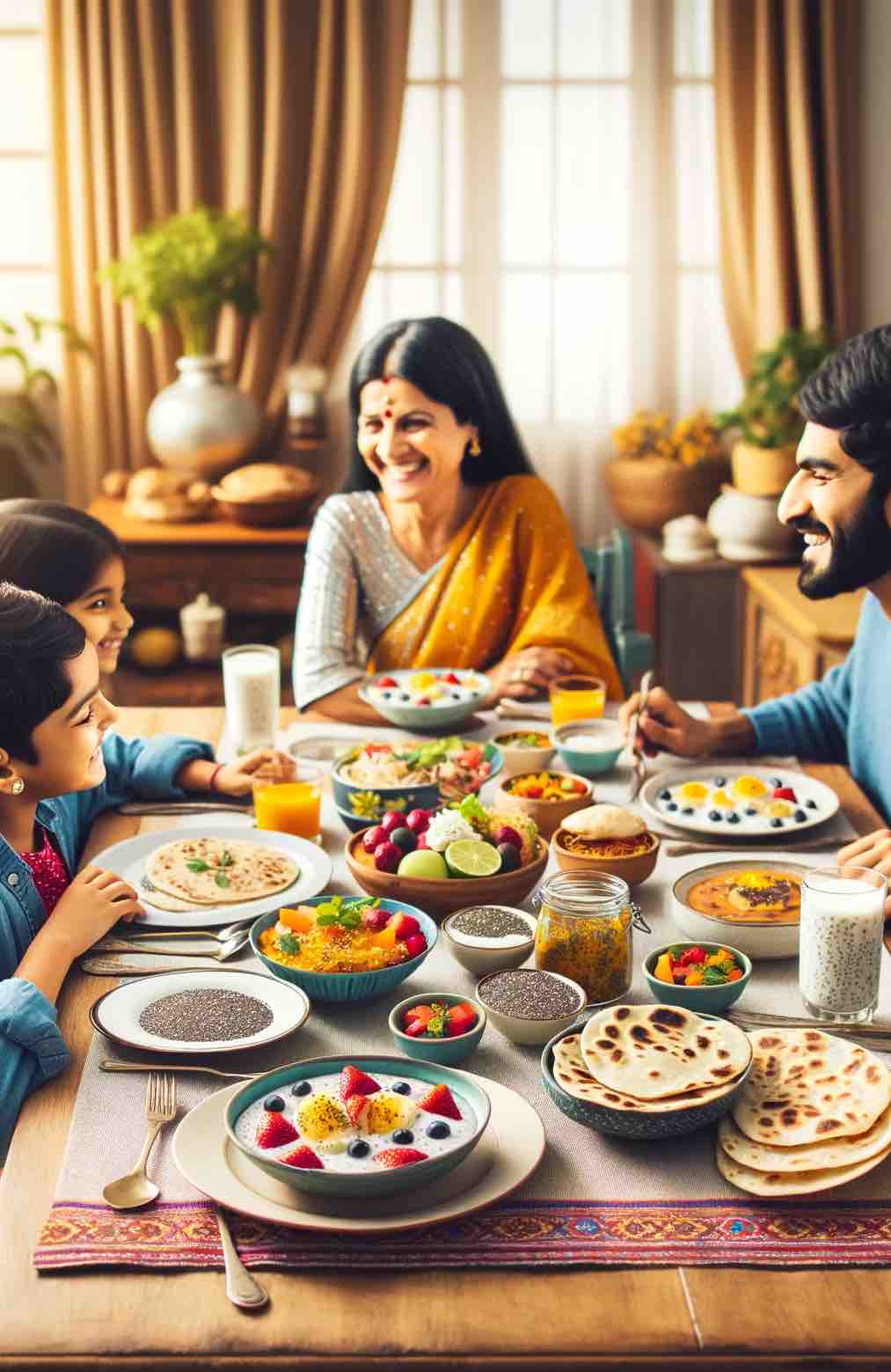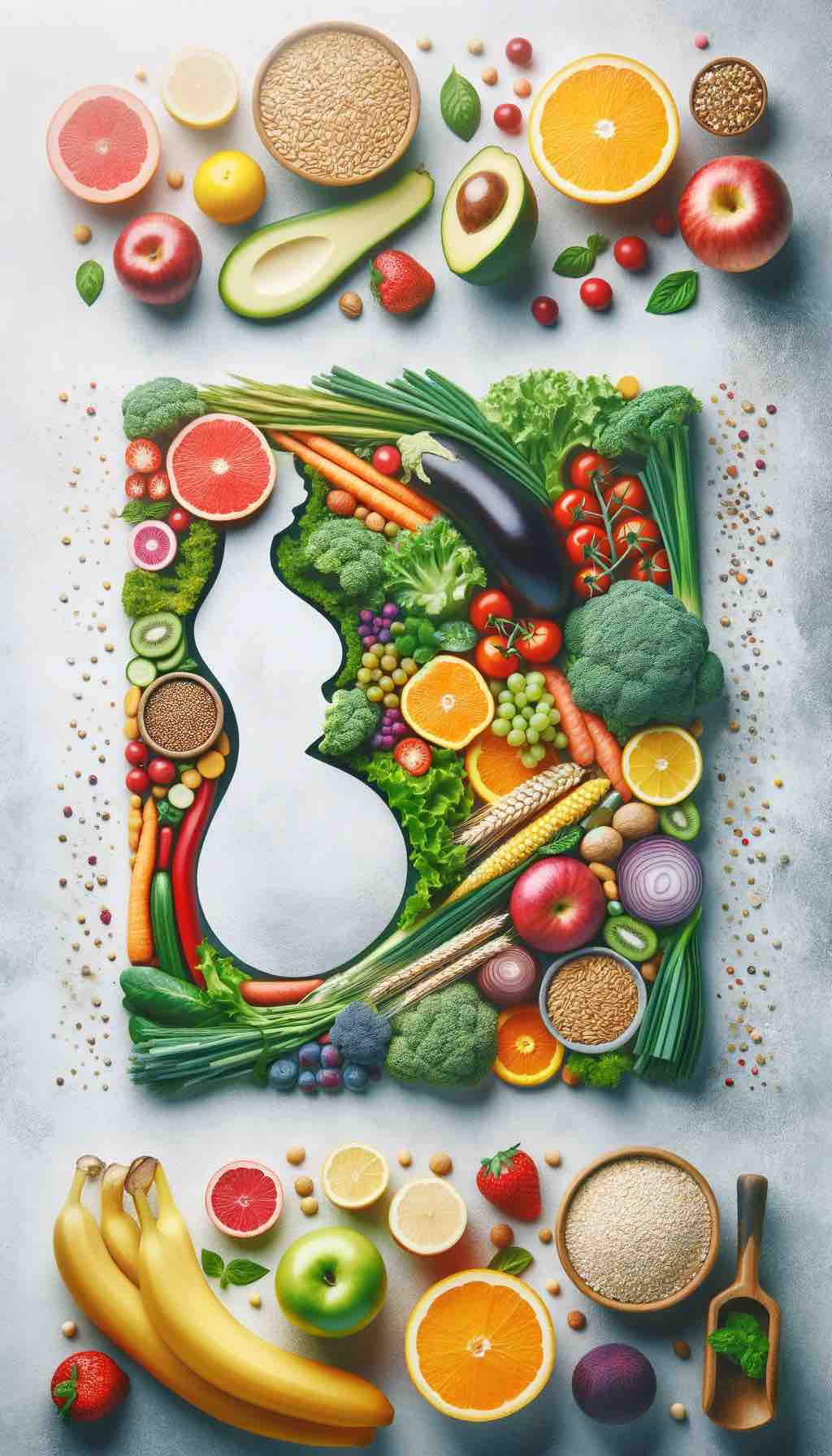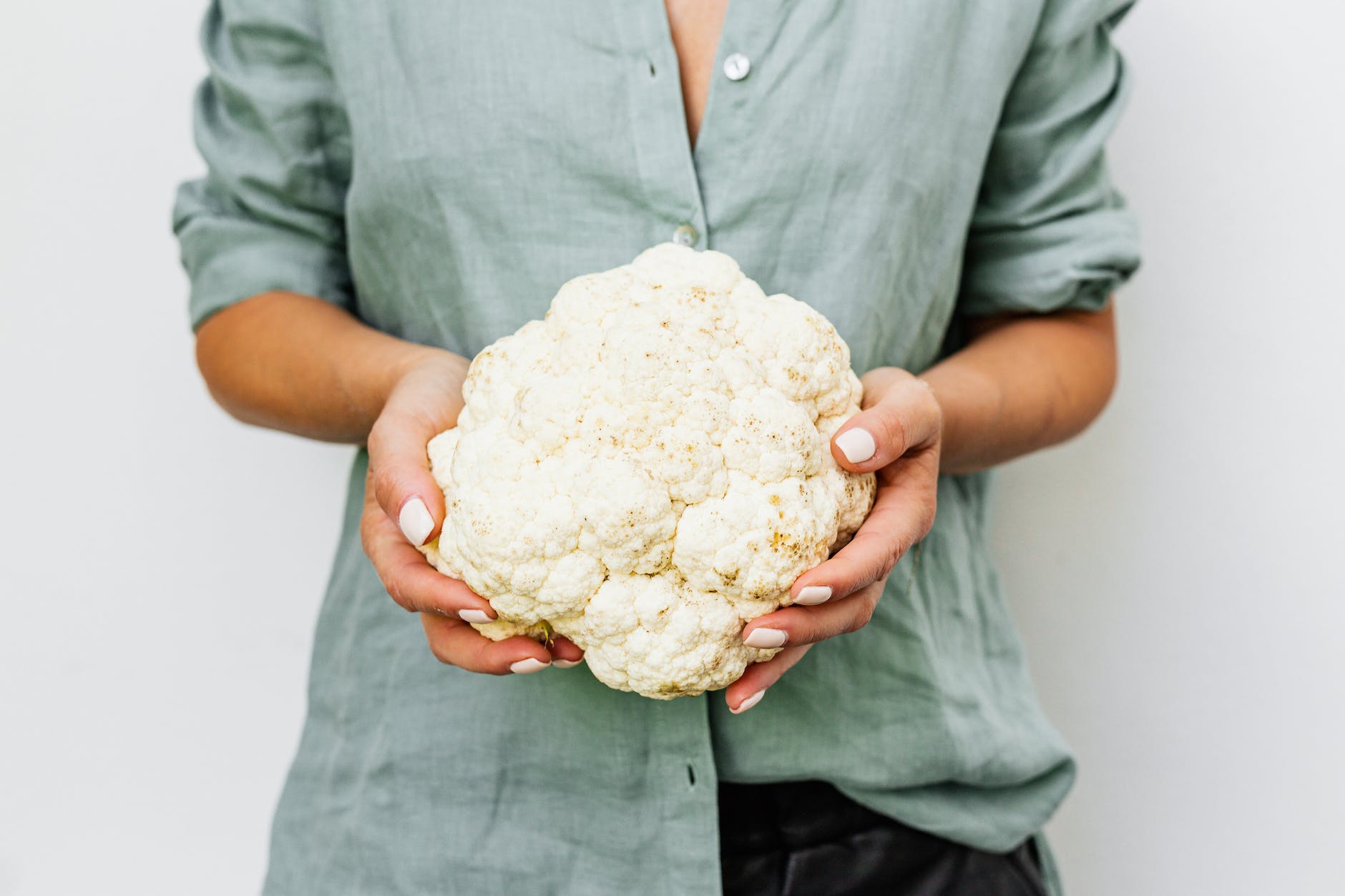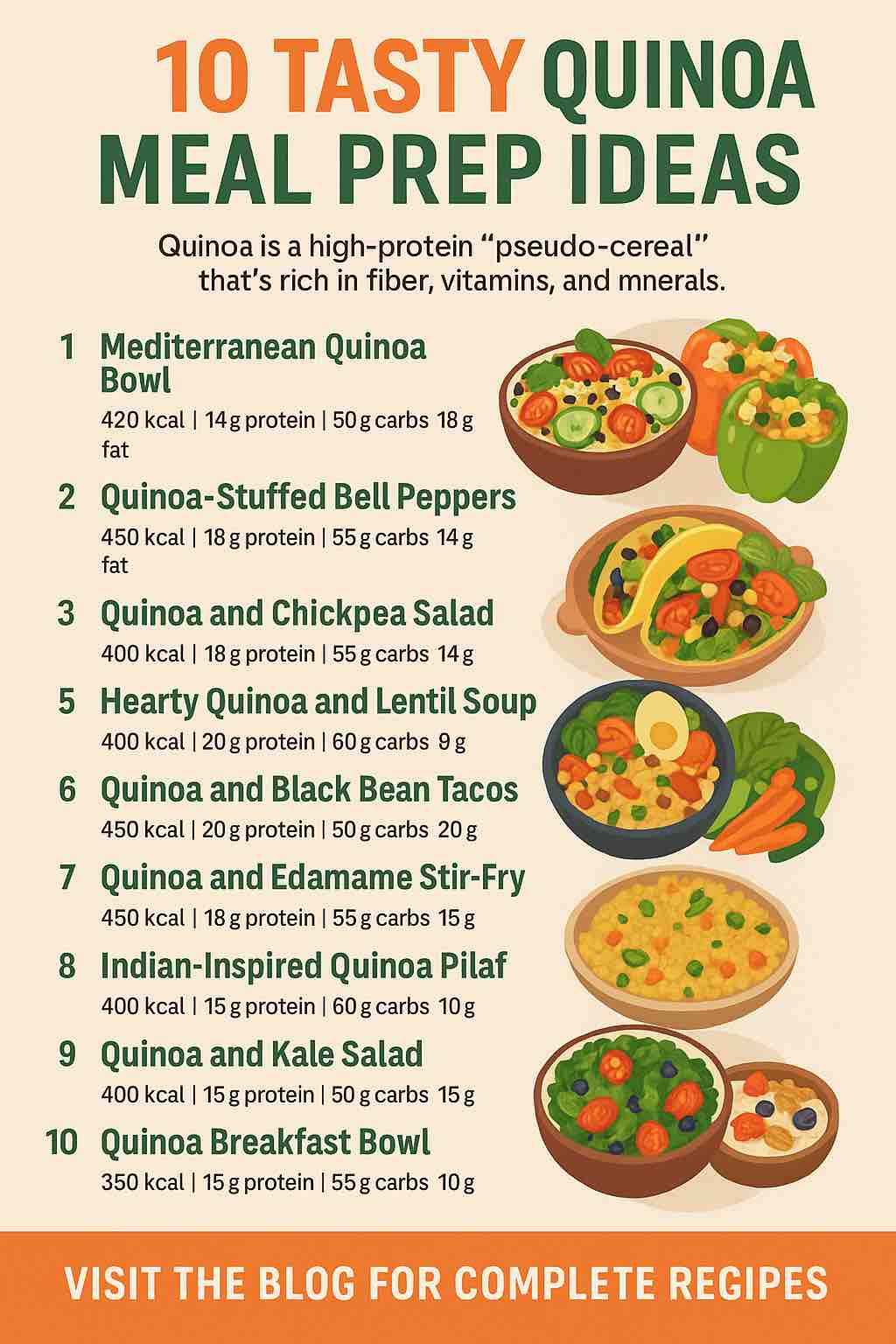
Quinoa, often termed a “pseudo-cereal,” is renowned for its exceptional nutritional profile. It’s one of the few plant-based foods that offer a complete protein, containing all nine essential amino acids. Beyond protein, quinoa is rich in:
- Fiber: Aids in digestion and helps maintain a healthy weight.
- Vitamins: B vitamins like B1 (thiamine), B2 (riboflavin), B6, and folate, crucial for energy metabolism and brain health.
- Minerals: Magnesium, phosphorus, manganese, and iron, supporting various bodily functions.
- Antioxidants: Compounds like quercetin and kaempferol that combat oxidative stress.
Recent studies highlight quinoa’s potential in:
- Cardiovascular Health: Regular consumption may reduce LDL cholesterol and improve heart health .
- Blood Sugar Regulation: Its low glycemic index helps in managing blood sugar levels .
- Anti-inflammatory Effects: Bioactive compounds in quinoa exhibit anti-inflammatory properties .
🍽️ 10 Innovative Quinoa Meal Prep Recipes
Each recipe below is designed for meal prepping, ensuring you have nutritious meals ready throughout the week. Serving sizes, macronutrient breakdowns, cooking times, and storage instructions are provided for your convenience.
1. Mediterranean Quinoa Bowl
Description: A vibrant bowl combining quinoa with cherry tomatoes, cucumbers, Kalamata olives, red onions, and a lemon-tahini dressing.
- Serving Size: 350g
- Macros: 420 kcal | 14g protein | 50g carbs | 18g fat
- Cooking Time: 30 minutes
- Best Time to Eat: Lunch or dinner
- Storage: Refrigerate in an airtight container for up to 4 days. Best served cold.
2. Quinoa-Stuffed Bell Peppers
Description: Bell peppers filled with a savory mix of quinoa, black beans, corn, and Mexican spices, topped with vegan cheese.
- Serving Size: 400g (2 halves)
- Macros: 460 kcal | 20g protein | 55g carbs | 16g fat
- Cooking Time: 45 minutes
- Best Time to Eat: Lunch or dinner
- Storage: Refrigerate in an airtight container for up to 4 days. Reheat before serving.
3. Quinoa and Chickpea Salad
Description: A refreshing salad with quinoa, chickpeas, diced cucumbers, cherry tomatoes, red onions, and a lemon-tahini dressing.
- Serving Size: 300g
- Macros: 400 kcal | 18g protein | 55g carbs | 14g fat
- Cooking Time: 30 minutes
- Best Time to Eat: Lunch or dinner
- Storage: Refrigerate in an airtight container for up to 4 days. Best served cold.
4. Hearty Quinoa and Lentil Soup
Description: A comforting soup featuring quinoa, lentils, carrots, celery, and aromatic herbs.
- Serving Size: 350g
- Macros: 400 kcal | 20g protein | 60g carbs | 8g fat
- Cooking Time: 50 minutes
- Best Time to Eat: Lunch or dinner
- Storage: Refrigerate in an airtight container for up to 4 days. Reheat before serving.
5. Quinoa and Black Bean Tacos
Description: Tacos filled with a flavorful mix of quinoa, black beans, spices, and topped with fresh veggies and guacamole.
- Serving Size: 3 tacos (approx. 300g)
- Macros: 450 kcal | 20g protein | 50g carbs | 20g fat
- Cooking Time: 30 minutes
- Best Time to Eat: Lunch or dinner
- Storage: Store the filling separately in the refrigerator for up to 4 days. Assemble tacos fresh to maintain texture.
6. Quinoa Buddha Bowl
Description: A nourishing bowl with quinoa, roasted vegetables, avocado, and a drizzle of tahini dressing.
- Serving Size: 350g
- Macros: 500 kcal | 18g protein | 70g carbs | 20g fat
- Cooking Time: 35 minutes
- Best Time to Eat: Lunch or dinner
- Storage: Refrigerate in an airtight container for up to 4 days. Best served cold or at room temperature.
7. Quinoa and Edamame Stir-Fry
Description: A quick stir-fry combining quinoa, edamame, bell peppers, and a savory sauce.
- Serving Size: 350g
- Macros: 450 kcal | 20g protein | 55g carbs | 15g fat
- Cooking Time: 30 minutes
- Best Time to Eat: Lunch or dinner
- Storage: Refrigerate in an airtight container for up to 4 days. Reheat before serving.
8. Indian-Inspired Quinoa Pilaf
Description: Quinoa cooked with a blend of Indian spices, mixed vegetables, and garnished with fresh cilantro.
- Serving Size: 300g
- Macros: 400 kcal | 15g protein | 60g carbs | 10g fat
- Cooking Time: 40 minutes
- Best Time to Eat: Lunch or dinner
- Storage: Refrigerate in an airtight container for up to 4 days. Reheat before serving.
9. Quinoa and Kale Salad
Description: A nutrient-dense salad with quinoa, massaged kale, cherry tomatoes, avocado, and a lemon vinaigrette.
- Serving Size: 300g
- Macros: 400 kcal | 15g protein | 50g carbs | 15g fat
- Cooking Time: 25 minutes
- Best Time to Eat: Lunch or dinner
- Storage: Refrigerate in an airtight container for up to 3 days. Best served cold.
10. Quinoa Breakfast Bowl
Description: A wholesome breakfast bowl with quinoa cooked in almond milk, topped with fresh fruits, nuts, and a drizzle of maple syrup.
- Serving Size: 300g
- Macros: 350 kcal | 15g protein | 55g carbs | 10g fat
- Cooking Time: 20 minutes
- Best Time to Eat: Breakfast
- Storage: Refrigerate in an airtight container for up to 3 days. Reheat before serving.
📝 Meal Prep Tips
- Batch Cooking: Prepare a large quantity of quinoa at the start of the week. Store in the refrigerator for up to 5 days or freeze in portions for longer storage.
- Versatility: Use cooked quinoa as a base for salads, bowls, or as a side dish.
- Flavor Enhancement: Cook quinoa in vegetable broth instead of water for added flavor.
- Storage: Allow cooked quinoa to cool completely before storing to prevent sogginess.
📚 Additional Resources
- Cooking Techniques: Learn how to cook fluffy quinoa every time with this guide .
- Recipe Inspiration: Explore a variety of quinoa recipes, from salads to main dishes, to keep your meals exciting .
By incorporating these quinoa-based meals into your routine, you’re embracing a nutritious, versatile, and delicious approach to meal prep. Whether you’re new to quinoa or a seasoned enthusiast, these recipes and tips are designed to support your health and culinary journey.
FAQs
- What makes quinoa a complete protein?
Quinoa contains all nine essential amino acids that the body cannot produce on its own, making it a rare complete protein source among plant-based foods. - Is quinoa gluten-free?
Yes, quinoa is naturally gluten-free and is safe for people with celiac disease or gluten sensitivity. - How long does cooked quinoa last in the refrigerator?
Cooked quinoa can be stored in an airtight container in the fridge for up to 5 days. - Can quinoa dishes be frozen for later use?
Yes, most quinoa-based dishes freeze well, especially soups, stir-fries, and stuffed vegetables. Just cool them completely before freezing in airtight containers. - What is the best way to cook quinoa to keep it fluffy?
Rinse the quinoa thoroughly, then cook it in a 2:1 ratio of water to quinoa. Simmer, covered, for 15-20 minutes, then let it rest with the lid on for 5 minutes before fluffing with a fork. - Can I substitute quinoa for rice or couscous in recipes?
Absolutely. Quinoa is a great substitute for rice, couscous, and other grains, offering more protein and fiber per serving. - Are these quinoa recipes suitable for weight loss?
Yes, many of the meals are high in protein and fiber, which promote satiety and can help with weight management when paired with an overall healthy diet. - Can I prepare quinoa in bulk for weekly meal prep?
Yes. You can cook a large batch of quinoa at the start of the week and use it across different meals to save time. - Are the recipes kid-friendly?
Many are! Dishes like the breakfast bowl or quinoa tacos can be easily customized to suit kids’ preferences by adjusting spices or toppings. - Do I need to soak quinoa before cooking?
No, soaking isn’t necessary, but rinsing it before cooking is important to remove its natural coating (saponin), which can cause a bitter taste.

